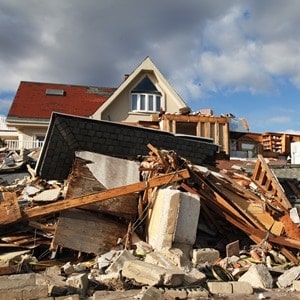 Global natural catastrophes in 2017 caused $353 billion in economic losses, with losses covered by private and public insurers eclipsing $130 billion.
Global natural catastrophes in 2017 caused $353 billion in economic losses, with losses covered by private and public insurers eclipsing $130 billion.
According to Aon Benfield’s Weather, Climate & Catastrophe Insight annual report, the $134 billion in insured losses from natural catastrophes in 2017 was just behind the record $137 billion paid by insurers as a result of events in 2011, and only the third time insured losses from natural catastrophes were more than $100 billion.
Thirty-one events around the world—16 in the US—resulted in at least $1 billion in losses last year.
Specifically looking at weather-related events, economic losses totaled $344 billion, with insurers covering $132 billion. Each of these tallies set records, said Steve Bowen, Aon Benfield’s Impact Forecasting director and meteorologist. The previous record was $128 billion paid by insurers in 2005.
“The high cost of disasters in 2017 served as a reminder that we continue to face increasing levels of risk as more people and exposures are located in areas that are particularly vulnerable to major, naturally occurring events,” said Bowen, in a statement. “As weather scenarios grow more volatile in their size and potential impact, it becomes more imperative than ever to identify ways to increase awareness, improve communication, and lower the insurance protection gap. We know natural disasters are going to occur. The question is how prepared are we going to be when the next one strikes.”
About 60 percent of weather-related losses can be attributed to hurricanes Harvey, Irma and Maria.